Battle Of The Batteries: Toyota And Nissan Power Houses With Cars

„When will it discharge?“ asked a reporter on Monday at Nissan. I ducked under my desk. “In one or two years,” answered Nissan CEO Carlos Ghosn. I broke cover when I realized that they were talking about the Leaf powering the house.
Running your house from your car battery suddenly is all the rage in Japan. Why would you do that? It doesn’t need another tsunami for Japanese to worry about electricity. What’s the hottest Android app in Nippon? “TEPCO usage!” It shows us how much power we consume. Yesterday (green line,) we were at 93 percent, perilously close to overload.
“And it’s not even July yet,” said Paul Nolasco of Toyota, who today met a perspiring me at the Nagoya Shinkansen station. We were on our way to Toyota City, to witness the discharge of a Toyota Prius into a house.
As it turned out, the house is ready, but the car is not. The plug-in hybrid Prius won’t be commercially available before 2012. By that time, Toyota also wants to have figured out how to discharge the juice in the Prius back into the house.
But boy do they have the house! And a few hundred more on the way. Prefabbed by Toyota Housing Corporation, the house comes with networked electrical appliances, solar panels, a 5 kwh household storage battery, and assorted gadgetry. Of course, there is a charging pod with a CHAdeMO compliant plug.
Inside are many screens that allow the owners of the house to monitor electric consumption if watching today’s episode of “Kiri ni sumu akuma” (“Devil in the fog”) should not be gripping enough.
We didn’t need Japanese soap operas for suspense. When the national and international press (the latter represented by Ran Kim of Reuters and this reporter) descended on the smart home made by Toyota, a Mitsubishi i-MiEV was found parked side-by-side with the Prius plug-in hybrid prototype.
The intruder was promptly removed.
Then, the PHV Prius was ready to Meet The Press.
This is the load center of the house. The main breaker says 75A. Very miserly
The 30A breaker in the middle is for the solar system. The 20A breaker is for the EV charger pod. The unconnected 20A breaker? Further expansion. Note the thin wires for monitoring. The coils around the two hot legs of the 30A breaker allow for amperage measurement. The EV charger pod has its own communication capabilities.
This is the 5 kwh storage battery of the house, as introduced by Yamaguchi Kazuhiko, chief of Toyota’s Smart Grid Group..
The batteries next to the house and in the car can be used for when the sun doesn’t shine, or, in a high demand situation, for load leveling. When others in Japan stare at the afternoon peak with trepidation, the house can go off-grid and run from the batteries for a few hours. Should all admonitions to save power remain unheeded and the dreaded rolling blackouts come along, the batteries will keep the lights on.
But what if a disaster strikes again? On Monday, Carlos Ghosn said that the battery of a Leaf would be able to power a Japanese house for two days, the power-oinker of an American house will survive on a Leaf alone “for one day only.”
After he was done addressing reporters, I asked Hiroshi Okajima, Project General Manager of Toyota how long a Japanese house could function, powered by a plug-in hybrid Prius alone. He pulled out pen and envelope, and said after some quick calculation: “With a full tank of gas, 10 days.”

Bertel Schmitt comes back to journalism after taking a 35 year break in advertising and marketing. He ran and owned advertising agencies in Duesseldorf, Germany, and New York City. Volkswagen A.G. was Bertel's most important corporate account. Schmitt's advertising and marketing career touched many corners of the industry with a special focus on automotive products and services. Since 2004, he lives in Japan and China with his wife <a href="http://www.tomokoandbertel.com"> Tomoko </a>. Bertel Schmitt is a founding board member of the <a href="http://www.offshoresuperseries.com"> Offshore Super Series </a>, an American offshore powerboat racing organization. He is co-owner of the racing team Typhoon.
More by Bertel Schmitt
Latest Car Reviews
Read moreLatest Product Reviews
Read moreRecent Comments
- SCE to AUX "...to help bolster job growth and the local economy"An easy win for the politicians - the details won't matter.
- Kjhkjlhkjhkljh kljhjkhjklhkjh so now we will PAY them your tax money to build crappy cars in the states ..
- SCE to AUX Yes, I'll miss it, and it doesn't make sense to kill off your 3rd-best seller. 2023 was its best year since 2018.
- SCE to AUX This was the same car I had (05 xB, stick, "camouflage" color) for 7 years - great car.We called ours "The Lunchbox". I added aftermarket wheels, and the 3rd-party cruise control the dealers could install.It suffered only two failures: bad window switch in week 2 (dealer fixed in 1 hour), bad trailing O2 sensor (fixed myself for $70). Fuel economy was always 28-34 mpg.It was a potential death trap, and ride quality became unbearable after 2 hours. I once did a 10-hour round trip in it and could barely walk after.Traded it for a 2012 Leaf, which was a better car in some ways.
- Bd2 The "e" nomenclature signifies the e-ATPs which BMW is pursuing.



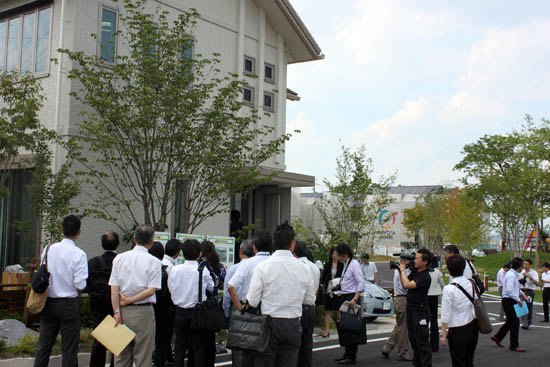






















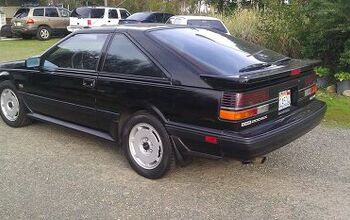







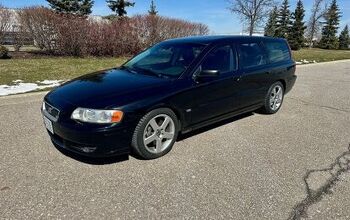
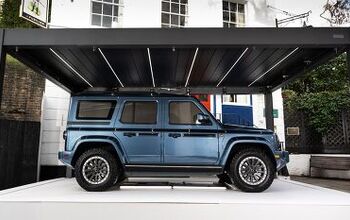
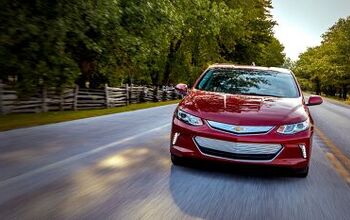


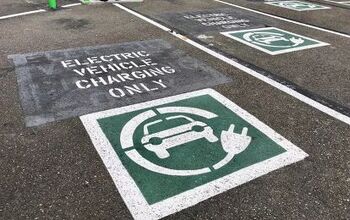
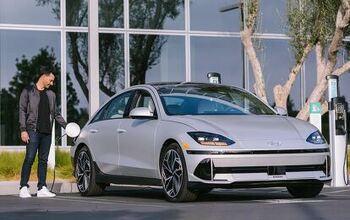
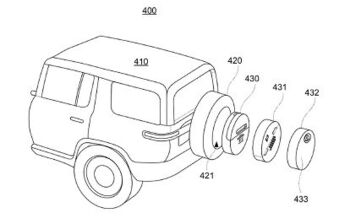
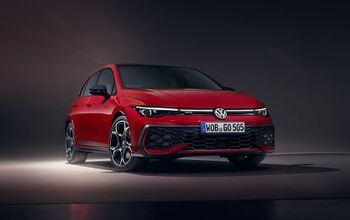

Comments
Join the conversation
I must be missing something. Why have your car run your house. What if you need to leave? Your car will be discharged and will take hours to charge again.
Bullshit. Engineering doesn't have to follow manufacturing. Counterexample: Apple. Indeed, much of the technology industry I am in keeps much of the engineering in the first world while subbing joe jobs to locales with lower pay. There's jut some Japanese pride thing going on here that we don't understand.